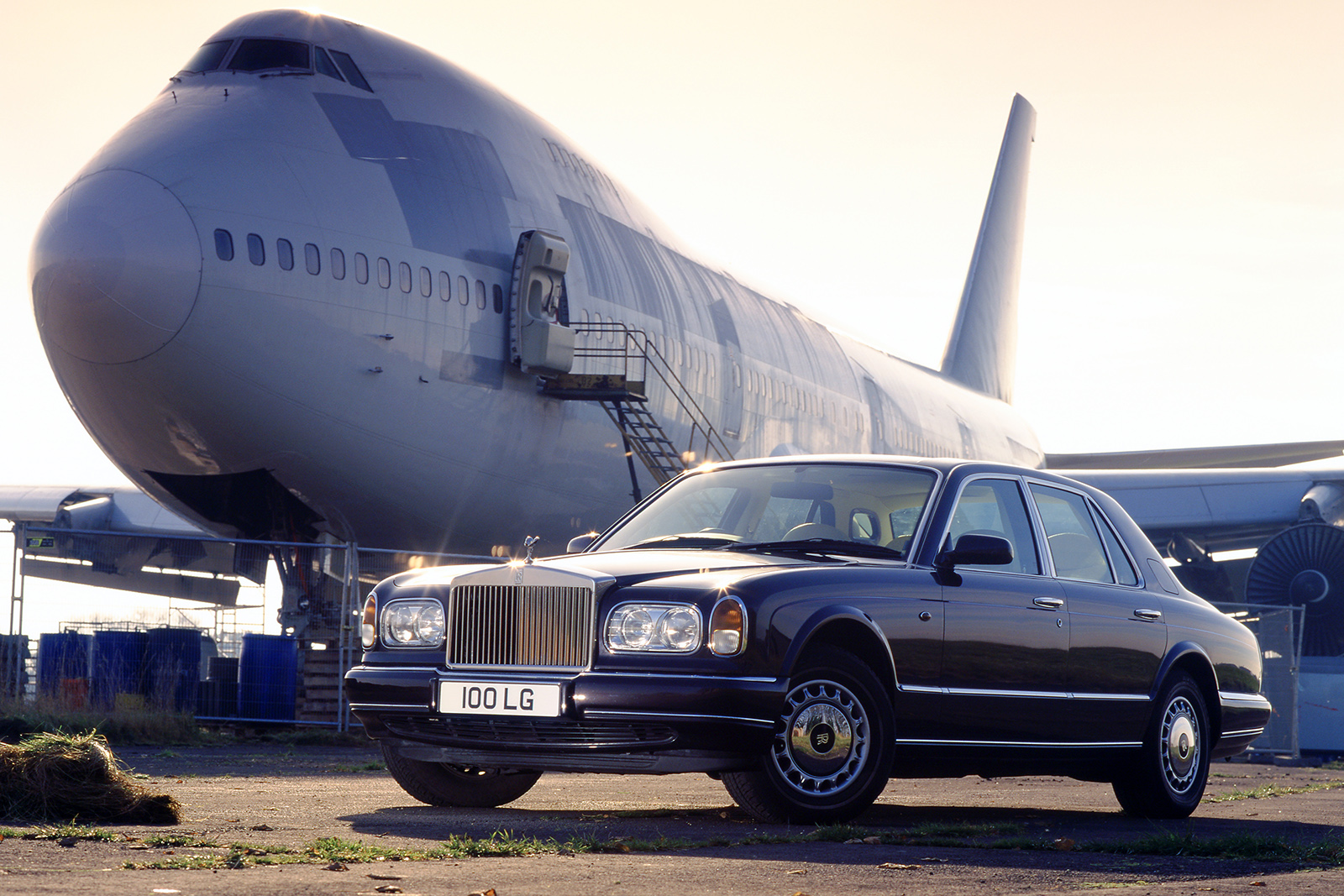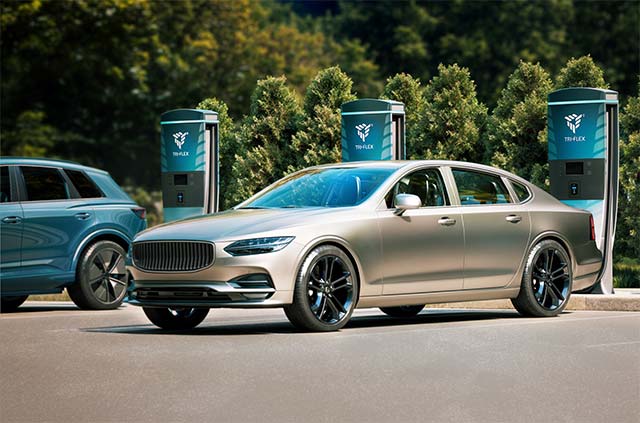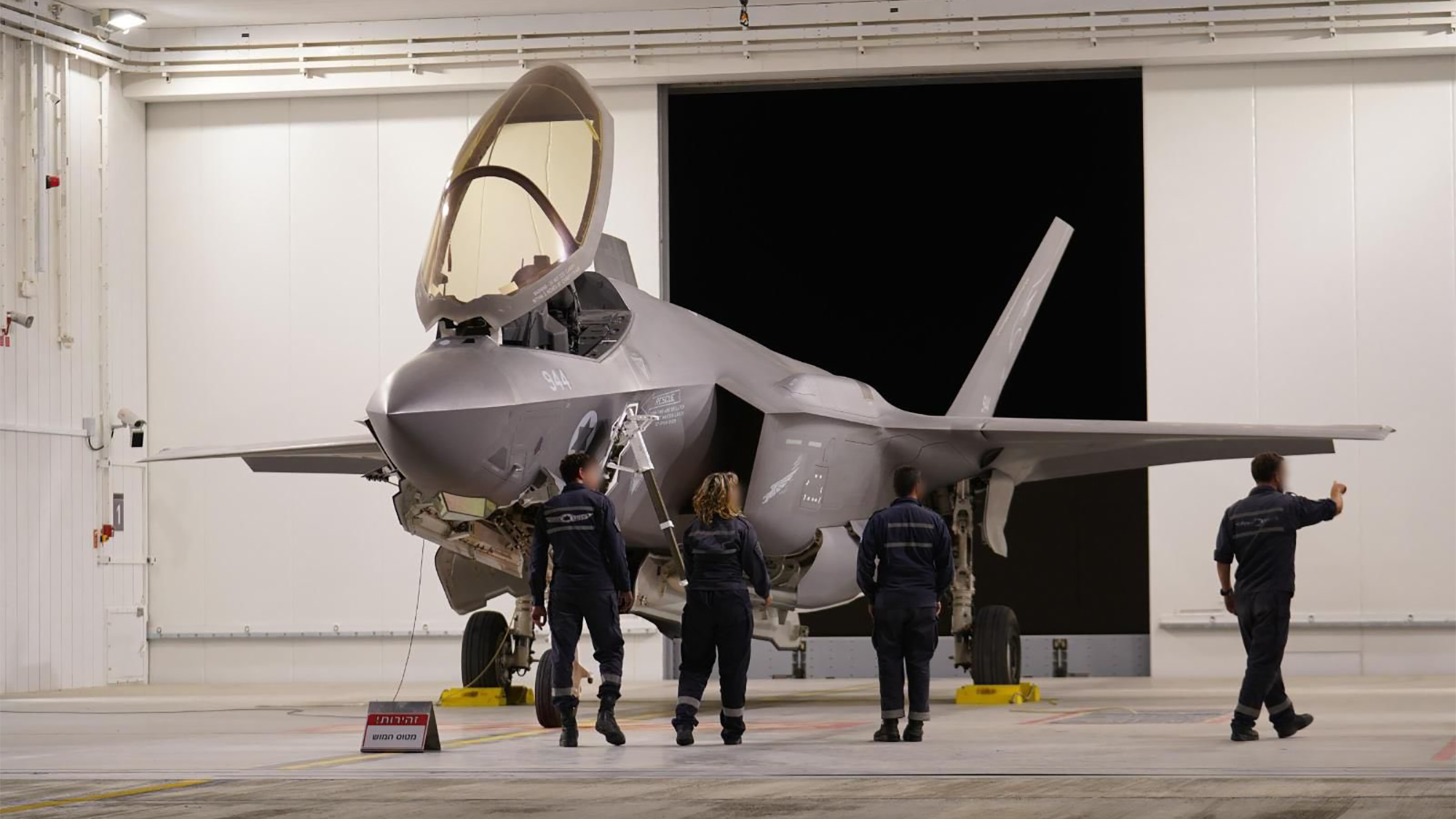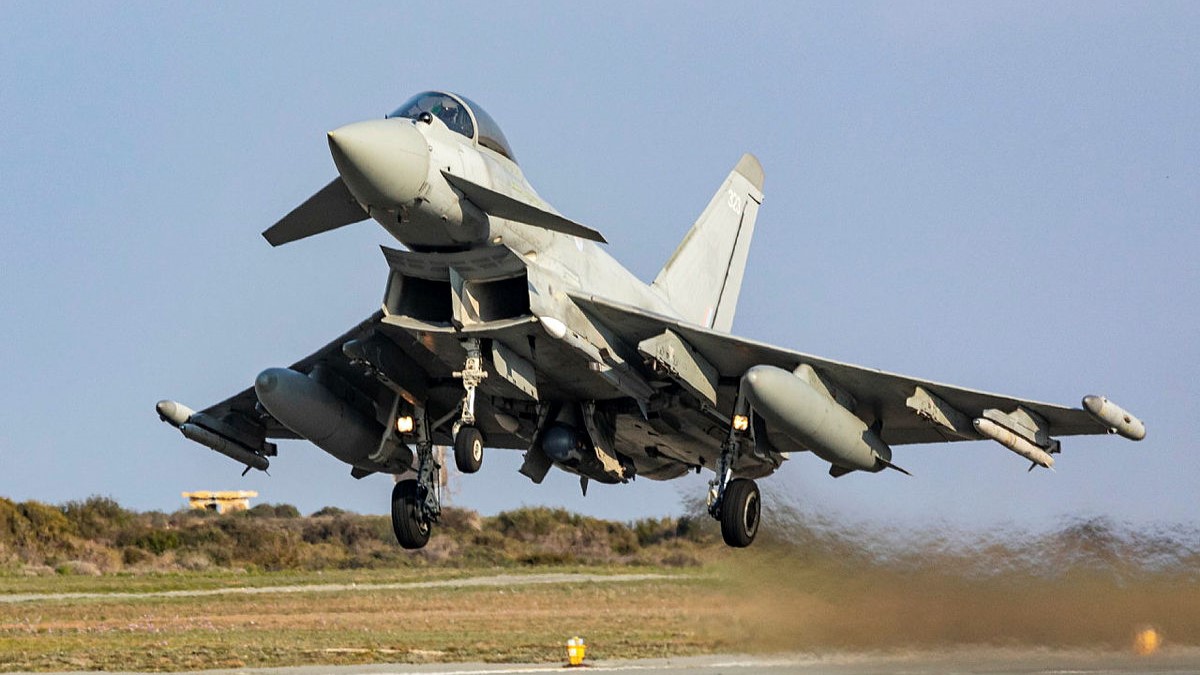Logistics GDP share rose in ’24, not likely to drop: CSCMP report
Logistics’ share of US GDP rose in 2024, and CSCMP doesn’t see it declining any time soon. The post Logistics GDP share rose in ’24, not likely to drop: CSCMP report appeared first on FreightWaves.

New York–Spending in the U.S. on logistics rose in both absolute dollar terms and as a percentage of GDP, and it isn’t likely to go down anytime soon.
That was one of the primary conclusions of the annual logistics report released last week by the Council of Supply Chain Management Professionals (CSCMP) at a media briefing in New York. This year’s report was entitled “Navigating Through the Fog.”
Kevin Smith, the moderator of the panel and the president and CEO of Sustainable Supply Chain Consulting, joked about the title and the logistics environment. “This should be an easy session today,” he said. “Not much has changed.”
The first part of the presentation was led by Korhan Acar, a partner at Kearney, the global management consulting firm that produced the report in conjunction with the CSCMP. Acar, referring to the title of the report, said “I don’t think it requires any explanation why we call it that, coming out of recent uncertainty.”
The CSCMP report puts an estimate on what it calls total U.S. business logistics costs (USBLC). The increase last year was $133 billion, a jump of 5.4%, to $2.58 trillion, up from $2.447 trillion the prior year. The decrease from 2022 to 2023 was 8.3%. Despite that, the five year compound annual growth rate (CAGR) in total USBLC is 8%.
Acar said outlays for logistics in the U.S. last year were about 8.8% of nominal GDP. With that number having fluctuated mostly in about the 7.4% to 8% range through most of the post-COVID period, and now having reached 8.8%, Acar said “we have started to stabilize.” But the base percentage of logistics spending as a percentage of GDP is stabilizing at a higher level than what was seen pre-COVID.
“If a higher basis forms, what this really means is that logistics costs have been increasing as a percentage of GDP,” Acar said. “They’re going to be a little bit more prominent and pronounced in the profit and loss statements of companies.”
There could be a retraction back to pre-COVID levels, Acar said. But that is not likely given various trends.
China plus
One of those trends is what Acar referred to as “China plus one, China plus two,” which is an “elongation of supply chains” where a company expands its base of suppliers beyond a total or near-total reliance on China and goes to one or two other suppliers.
Given that sort of philosophical change, as well as a long list of other disruptions like Houthi attacks in the Red Sea, “cost and logistics are not seeing any kind of downward pressure,” Acar said. “So we do expect that to remain at an escalated baseline for next year as well.”
The CSCMP report calculates the USBLC as the total of various segment expenditures as well as other activities, such as inventories.
The biggest contributor to the increase in the total figure last year was the cost of water transportation, up 93.1% to $161.6 billion. That’s an increase of $77.9 billion. And that means that increased waterborne logistics costs accounted for more than 58% of the total increase last year. Acar said increased costs related to restricted traffic through the Red Sea and Suez Canal due to Houthi attacks was the primary driver of that trend.
But for total expenditures, motor carriers are at the top of the list. The USBLC compiled by the report’s authors said full truckload transportation costs fell to $387 billion in 2024 from $408.7 billion a year earlier. In the bull truckload market of 2022, the spend total was $490 billion, so that the full truckload spend in 2024 was down more than $100 billion in just two years.
LTL spend, according to the report, is remarkably stable: $66 billion in 2022, $66 billion last year, $64 billion in between.
Widespread talk in the trucking sector that there has been a growing shift to private or dedicated fleets did show up in the CSCMP report. It said the category that CSCMP calls private or dedicated motor carrier spending was $541.4 billion last year. That was up from $528.4 billion a year earlier, and way up from $461.7 billion in 2022. The compound annual growth rate in the last five years for the category is 12.3%.

In the report’s summary for the 2025 outlook for motor carriers, the CSCMP report did a quick summary of 2024–“spot and contract rates for full truckload shipments modestly declined throughout the year”–but pivoted to talk about the 2025 outlook which is “now clouded by escalating global geopolitical tensions.”
“For US carriers, tariffs may introduce new financial pressures that, combined with potential declines in freight volume, will continue to squeeze carrier margins,” the report said. “As the market moves deeper into 2025, the trucking industry finds itself suspended in midair, waiting to see how these complex forces will unfold.”
The report ticked off the potential impact on trucking from tariffs, most of which have been discussed extensively for many months, before and after “Liberation Day.”
Higher tariffs on trucks coming out of Mexico and Canada “could drive up equipment costs and load to shortages,” the report said. Acar cited ATA warnings that a 25% tariff on imports from Mexico could add $35,000 to the cost of a new truck. An S&P Global Mobility report said a 9% increase in new truck prices could slice demand for new vehicles by 17%.
Cutting back new truck purchases in favor of extending the life of an existing fleet could lead to higher maintenance costs. The end result, according to the CSCMP report: “this situation could both accelerate the exit of existing carriers and discourage new entrants, resulting in a slower pace of fleet expansion.”
Acar reviewed data from Morgan Stanley on contract and spot rates. He said based on conversations with shippers, it was unlikely contract rates would fall below the $2 per mile mark. “For the majority of the shippers I know, pushing carriers to below the $2 mark is not going to be healthy, and it’s going to start to cause some performance issues,” he said. “That’s why I think contract rates stay somewhere relatively over that $2 mark.”

The presentation was followed by a panel discussion that included Paul Bingham, director of transportation consulting at S&P Global Market Intelligence (NYSE: SPGI); Andy Moses, senior vice president of solutions and sales strategies at Penske Logistics; Brendan Dillon, senior vice president of global inventory management, transportation and trade, at Target (NYSE: TGT); and Dr. Noel Hacegaba, chief operating officer at the Port of Long Beach (who spoke to FreightWaves on a separate topic after the presentation).
In other notable findings in the report:
RAIL: The growth of rail is hindered by inadequate transloading capacity and operators. The facilities, the CSCMP report said, “is fragmented and underdeveloped, primarily operated by third-party providers that lack access to sufficient capital, and railroads are not incentivized to operate transloading facilities directly because doing so will undermine operating ratio.”
But that underinvestment, the report said, leaves shippers with no choice but to turn to trucks, “which erodes railroad revenues, drives up costs for shippers, increases road congestion and exacerbates environmental impacts.”
3PLs: 3PLs increasingly need to become 4PLs, the CSCMP report said. The cost-plus model won’t work today, according to the report, and 3PLs must provide “alternative routings…and more agile systems.” They also need to be able to provide “multiple service options for contingency planning.” That may involve moving deeper into last mile capabilities, the report said.
More articles by John Kingston
One-day stock slide at Proficient may be tied to somewhat bearish investor presentation
Parts supplier FleetPride’s debt rating cut by Moody’s, outlook still negative
Truck transportation jobs up year over year for first time since 2023: BLS
The post Logistics GDP share rose in ’24, not likely to drop: CSCMP report appeared first on FreightWaves.


















































































































































